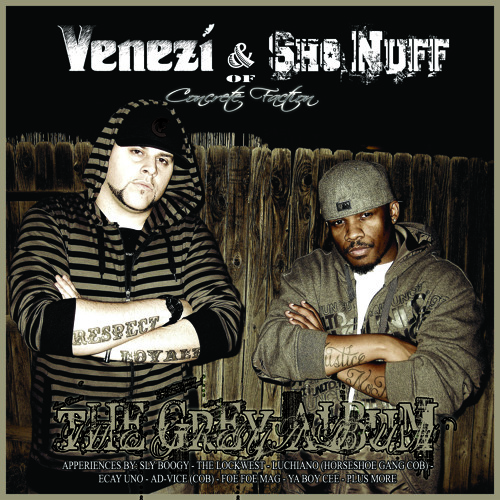
In addition, the author evokes a Basquiat painting of his own mind and its cultural influences. Write like the bone in the box, the relic to be kissed.” It attempts to lead the charge “to rescue aspects of black culture abandoned even by black folks, whether it is the blues or home-cookin’ or broader forms of not just survival, but triumph.” To rally that charge, he dissects elements of blackness, spanning from slave narratives to mix tapes, from bebop to hip-hop to poetry: “A poetry not of witness, or of victimhood, or of experience or innocence, but of the moment after: write like a saint, not the picture of a saint. Instead it bounds and riffs, producing its own mash-up of personal essay, cultural critique, poetry, and blues shout. The author plots American culture x as revolving around the y axis of black culture. It is the story of what I read, heard, and saw at the crossroads of African American and American culture.” Young describes his book as “an attempt at a unifying theory, or evidence of my search for one. His collection’s title borrows from music producer Danger Mouse’s 2004 concept record, a mash-up of The Beatles’ The White Album and Jay-Z’s The Black Album. I just need time with Kevin Young’s essays. With time, she’ll connect, become a part of the conversation. But reading The Grey Album also makes me feel like reaching, like the exchange student who doesn’t yet speak or read the language, but her eyes and ears are burning to. I am whiter than blank, and ignorant of more than half of Young’s references.

It’s also due to the fact that I’m ignorant. Reading Young’s The Grey Album makes me feel dumb and confused, and part of that is due to his poetic leaps in tone from academic to vernacular. Kevin Young is smarter than I am, and a galactically better poet.


 0 kommentar(er)
0 kommentar(er)
